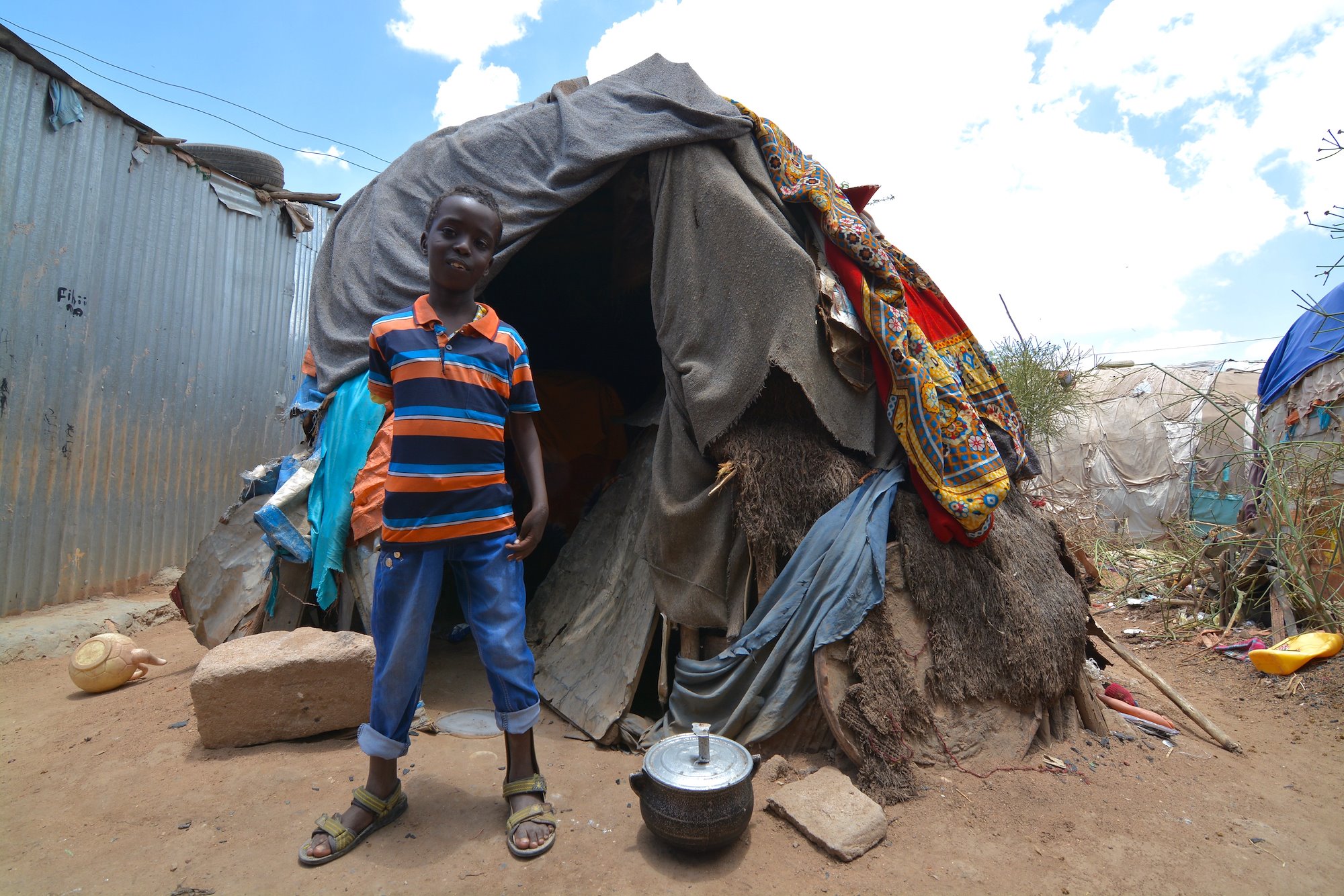May 4, 2015
P is For Poverty
Author: AJ Warco
A WISE MAN ONCE SAID…THESE DAYS THERE IS A LOT OF POVERTY IN THE WORLD, AND THAT’S A SCANDAL WHEN WE HAVE SO MANY RICHES AND RESOURCES TO GIVE TO EVERYONE. WE ALL HAVE TO THINK ABOUT HOW WE CAN BECOME A LITTLE POORER.
This photo essay provides a brief look into the lives of children throughout the developing world whose families live in absolute poverty.
As a program director for the NYC-based non-profit, A Leg To Stand On (ALTSO), whose mission is to provide free orthopedic care to children with limb disabilities in the developing world, my work takes me around the world to further relationships, monitor and evaluate treatment programs, scout future partners and most importantly, meet beneficiaries of the services ALTSO provides.
In New York City, on any given day, I spend my time writing donor reports, reviewing proposals, writing patient stories, developing our website, building out the framework for our patient reporting system and reviewing patient data to monitor ALTSO’s impact and program effectiveness. My focus can shift from prosthetics in India, to mobility aids in Somaliland, to the lack of resources in Nepal, and back again to NYC to find solutions and rally public and private support.
Working in one of the world’s fastest-paced cities, an average day can move extremely quick, not allowing much time to reflect upon the change you are creating in this world. So at night, when the monitors go dim and the moleskins begin to close, I start to contemplate about the children we are helping. What do their homes look like? Do they have enough food to eat? Are they living in suitable conditions? Are their human rights being violated? Will they have a future?
One thing I can tell you is that the majority of the children I visit are living in extreme poverty. Poverty that is not of American or Western European standard.
I’m talking about absolute poverty — lacking the basic necessities for survival or in other words, going without basic essentials because they are unable to afford utilities like water, heat and electricity or to buy healthy food or new clothing or to use public transportation. What I find truly amazing when visiting these children is that kids will be kids no matter where they are raised. They seldomly know what they do not have and because of it, are resilient to the situations they are living in.
“There is something to be said about the less material wealth a child is privileged to, the happier they genuinely seem to be.”
Below are a few short stories of children I have visited in some of the world’s poorest countries. This essay is dedicated to them.
6 years old — Hargeisa, Somaliland — (2015)
Abdishakur lives with his two parents, two siblings, his grandmother, an aunt, an uncle and a handful of cousins in an internally displaced persons (“IDP”) camp on the outskirts of Hargeisa, Somaliland. His entire family sleeps in one room under a tin roof with no running water or a toilet. Their kitchen consists of a few bowls, a handful of coffee cans and three tin ovens.
Yang
5 years old — Kampong Chhnang, Cambodia — (2013)
Yang lives with his mother and grandmother in Kampong Chhnang, Cambodia. His family rents a small hut-style home that has no running water or sanitation. Sokleang, Yangs mother, lost her husband in early 2013 to an undisclosed disease. Since these pictures were taken in March 2013, Sokleang has given birth to her second child. To give a little more perspective about how economically disadvantaged they are, the rattan bench shown in the picture below is where Yang was delivered — with no midwife to assist.
For income, Sokleang works 10-12 hours a day, 6 days a week tending to rice paddies in the scorching heat — for which she earns a mere $2.50 a day. While at work, his grandmother helps raise Yang and conducts his daily physical therapy for his cerebral palsy management. Because of the pain associated with the stiffness of his muscles, she is not Yang’s favorite person.
Abdiaziz
9 years old — Hargeisa Somaliland — (2015)
Abdiaziz lives with his mother, father and six siblings in an IDP camp in Hargeisa, Somaliland. He is the fourth of seven children. His family’s kitchen is made from a mixture of tin, mud and fabric cloth which has no running water, ventilation or electricity. The family lives without proper sanitation in an overcrowded area on the outskirts of the city.
During the day, his mother takes care of the children while his father scraps together whatever he can find to sell at the local market.
Before leaving, his mother said to me (translated from Somali)…
“I hope Abdiaziz has better luck and is fortunate in the future. He deserves a better life than we are able to provide.”
Tak
12 years old — Kampong Speu, Cambodia — (2013)
Tak’s mother, father, grandmother and five siblings all live in a small wooden structure on the outskirts of Phnom Penh, Cambodia where there is heavy commercial traffic. His father is a farmer who raises pigs and his mother runs a small grocery stand in front of their home for additional income.

.jpg?auto=webp)
.jpg?auto=webp)
.jpg?auto=webp)
.jpg?auto=webp)
.jpg?auto=webp)
.jpg?auto=webp)
.jpg?auto=webp)
.jpg?auto=webp)
.jpg?auto=webp)
.jpg?auto=webp)
.jpg?auto=webp)
.jpg?auto=webp)

